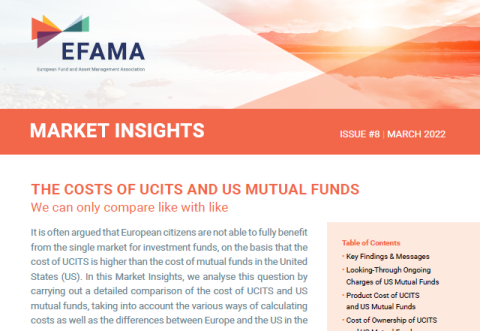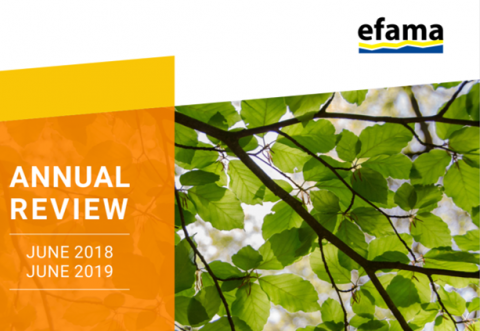EU Fund regulation
The EU fund product landscape is deep, diverse and dynamic. Since the birth of the UCITS framework in 1985, European institutions have progressively refined it into a global “gold standard”, one that successfully balances strict regulatory requirements with the flexibility required by manager to meet evolving client demands. The successful evolution of UCITS was followed by the creation of alternative investment funds (AIFs) under the 2011 AIFM Directive, adding a second important pillar to EU fund/manager regulation. Building on this second pillar are further ambitious EU fund products, such as EUSEFs, EUVECAs and ELTIFs. EFAMA has helped guide all of these key regulatory developments, informing policymakers and regulators on their main merits and drawbacks, while also keeping a close eye on their respective review initiatives.
EFAMA strongly supports a fundamental review to the ELTIF regime, in view of broadening its eligible investment universe and adapting it to better meet retail investor needs. We are also closely monitoring the review of the AIFM Directive from a product regulation standpoint, including possible spillover effects on the UCITS Directive requirements. Further work involves keeping pace with relevant ESMA initiatives, such as the work around the Common Supervisory Action on costs and fees for UCITS.
Use of Leverage in Investment Funds in Europe | AMIC-EFAMA Joint Paper
EFAMA response to the IOSCO Consultation on Termination of Investment Funds
EFAMA welcomes the opportunity to provide its comments on the Good Practices to be adopted by IOSCO for the Termination of Investment Funds. We agree that the decision to terminate a fund can have significant impact on investors in terms of the costs associated with such an action, or the ability for investors to redeem their holdings during the termination process. In this regard, even in the context of a fund’s voluntary termination, asset managers must abide by their fiduciary obligation to act in the best interest of their investors.
EFAMA response to the European Commission’s consultation on the barriers to cross-border distribution of funds
EFAMA welcomes the consultation that the European Commission launched on the cross-border distribution of different types of investment funds (AIFs, UCITS, EuVECA/EuSEF, and ELTIF) and the opportunity to respond as to the remaining barriers to marketing funds across the EU single market, as well as the ways to eliminate them. We, also, fully share the goal of the European Commission in seeking further ways to deepen the Single Market for investment funds.
EFAMA reply to EC targeted consultation on the functioning of the Money Market Fund Regulation
The European Fund and Asset Management Association (EFAMA) has published its response to the European Commission’s targeted consultation on the functioning of the EU Money Market Fund Regulation (MMFR).
US mutual funds are not necessarily cheaper than UCITS | EFAMA Market Insights Issue #8
EFAMA released today issue number eight of its Market Insights series titled 'The Costs of UCITS and US Mutual Funds - We can only compare like with like'. This
Annual European Asset Management Report - Report highlights key developments in the European fund industry
The European Fund and Asset Management Association (EFAMA) has released the 13th edition of its Asset Management in Europe report, which provides in-depth analysis of recent trends in the European asset management industry, focussing on where investment funds and discretionary mandates are managed in Europe.
Annual Review 2018-2019
I am pleased to provide you with an overview of our activities since our 2018 Annual General Meeting in Cyprus.
Credit where credit is due. I would like to congratulate my predecessor Peter De Proft for all the work in his twelve year tenure as EFAMA Director General and for the constructive support he has shown me from the start. This has greatly facilitated the handover.
Ownership of Investment Funds in Europe
The report provides a wealth of facts and figures on the evolution of holdings of financial assets and investment funds among European investors in recent years. It aims to answer three main questions:































